To say my family is excited about Finding Dory would be the understatement of the century. My almost three-year-old SCREAMS each time he sees ANYTHING to do with the film. Think about all the merchandise that exists. While my ears can’t always handle his shrill excitement, the big kid in me wants to squeal right along with him, each and every time. I wanted to do something with my kids where we could celebrate our anticipation while we wait for the lines to die down. This is a super simple Finding Dory activity. It is perfect as a party favour, an add-on to a gift, or to act out the movie!
Super Simple Finding Dory Activity
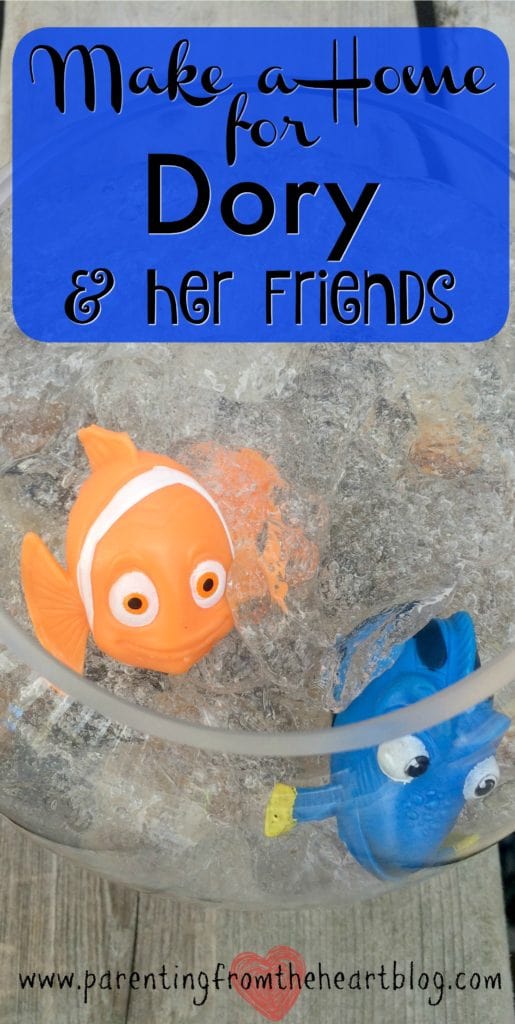
This post contains affiliate links for your convenience. The price you pay on amazon is the same. However, I receive a very small commission.
What You Need
- 2 5oz. bottles of Elmer’s clear glue (you may need more depending on the size of your fish bowl)
- 2/3 cup tap water
- 1 1/2 tsp Borax
- 1 1/2 cup hot tap water
- Bowl or container for fish
- Finding Dory Mash ‘Ems (any fish figures or Finding Dory toys will likely work well)
- Craft rocks (optional)
What To Do
In a mixing bowl empty glue and mix with one cup of tap water (cold, or room temperature is fine). If you would like to add food colouring to your “fish water” add it into the glue/ water mixture one now. Then, mix borax into hot water until fully dissolved. If you decide to use more or less glue, be sure the ratio of glue to water is 5 oz of glue to 1/3 cup of water and 1 tsp of Borax for every 1 cup of hot water.
If you decide to use more or less glue, be sure the ratio of glue to water is 5 oz of glue to 1/3 cup of water and 1 tsp of Borax for every 1 cup of hot water.
Once Borax is fully dissolved, combine with glue and water. Start kneading with your hands. Remove “fish water” mixture from water (there will be a bit of excess water left in the bowl).
Place rocks in bowl (NB rocks will stick to “fish water”. It makes for a greater sensory experience for your kids, but can be annoying for you). Place “fish water” into a bowl with fish toys. Let water settle around toys (can take several minutes). Then play.
Store “fish water” in an air tight container. Will keep for months.
If you’re looking for a more malleable form of “fish water,” this recipe isn’t transparent but will work really well. Or, of course, actual water in a fishbowl is easy too.
What are your kids learning during this activity?
Sensory play (the benefits include understanding cause and effect), chemical reactions (the Borax chemically reacts with the glue to change its consistency from liquid to a solid), and identifying information about fish (fins, gills, tail).
If you’re looking for more Finding Dory activities, check out my Disney// Pixar board on Pinterest!







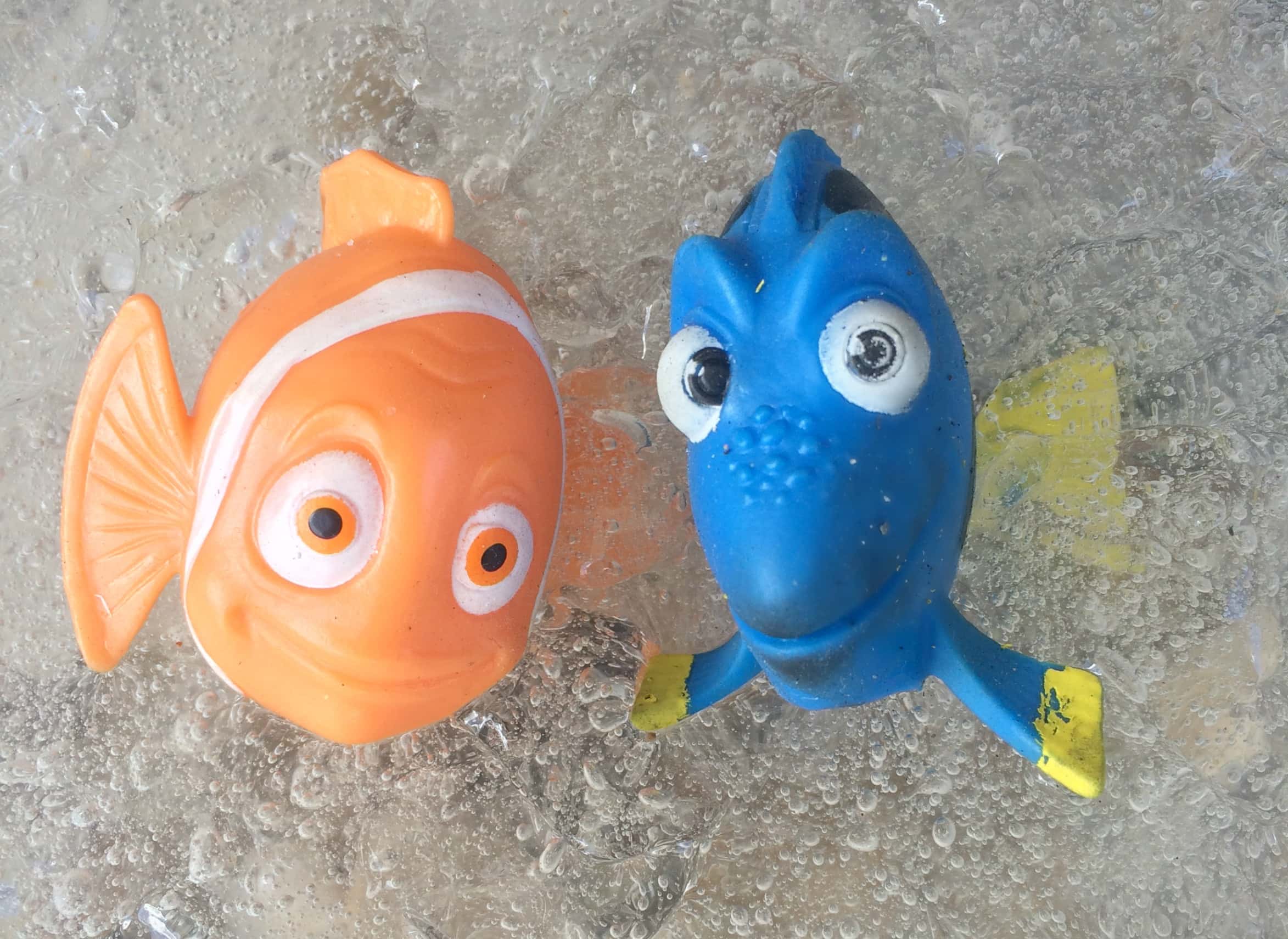
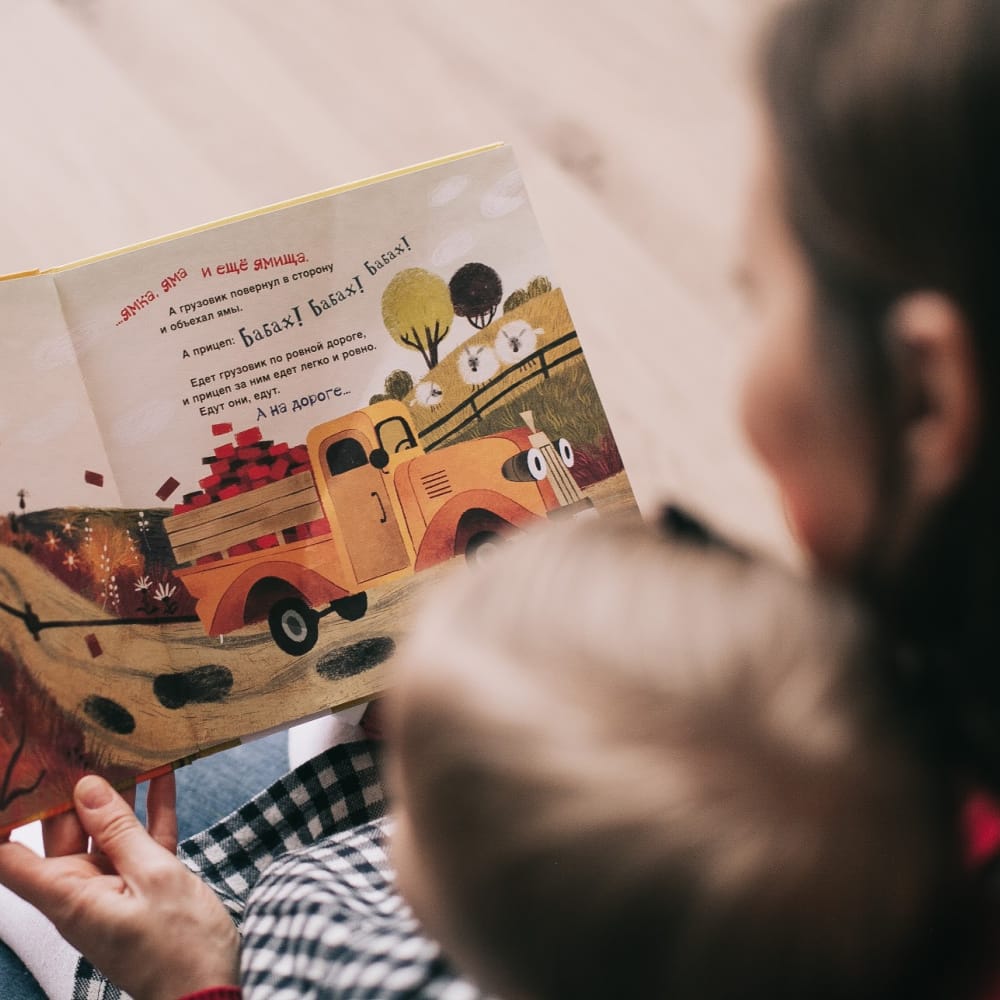
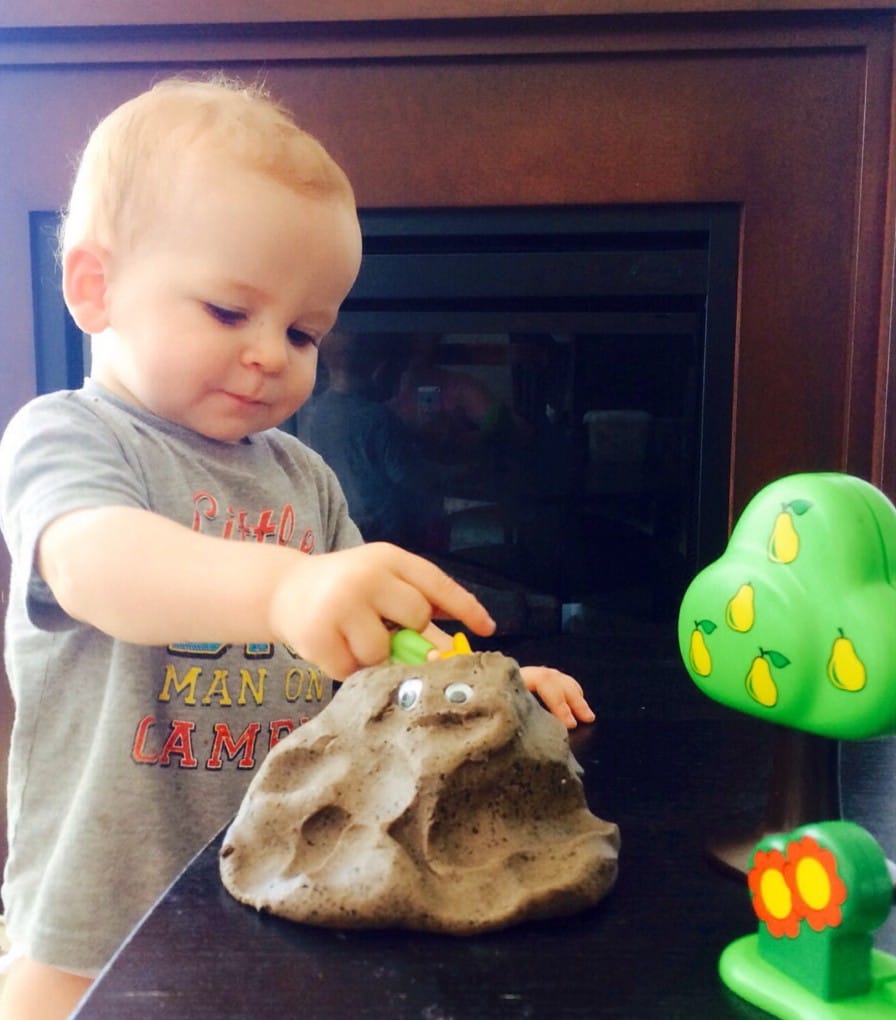
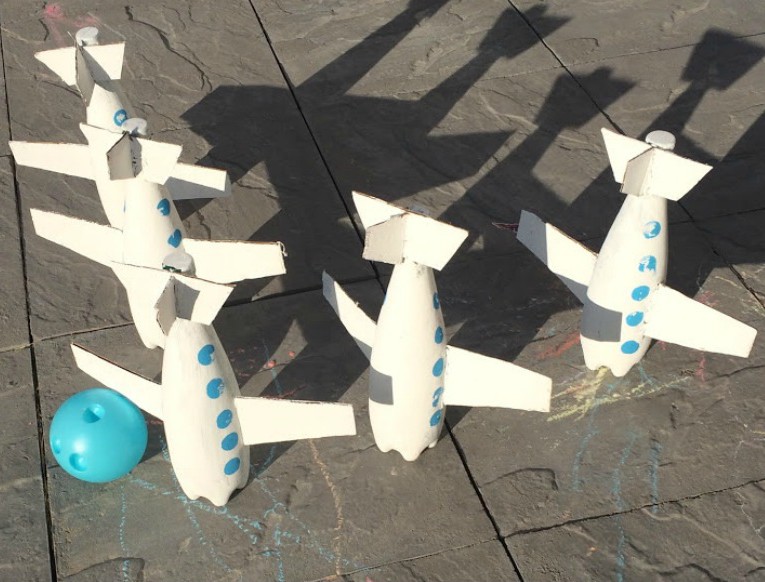
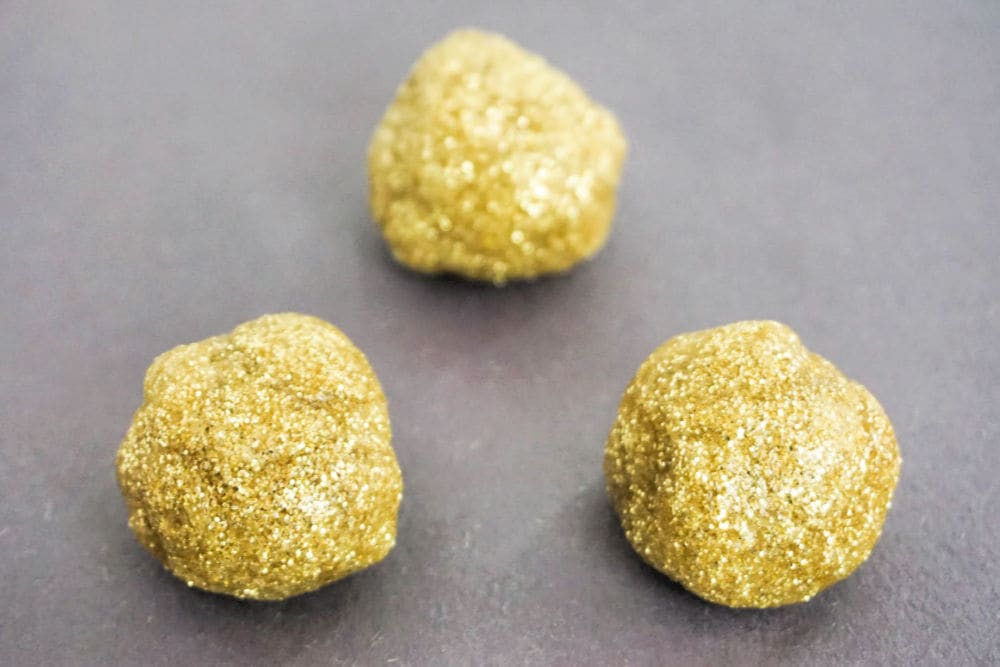
Such a fun activity! My kids love making this stuff and this is a new and creative way to play with it!